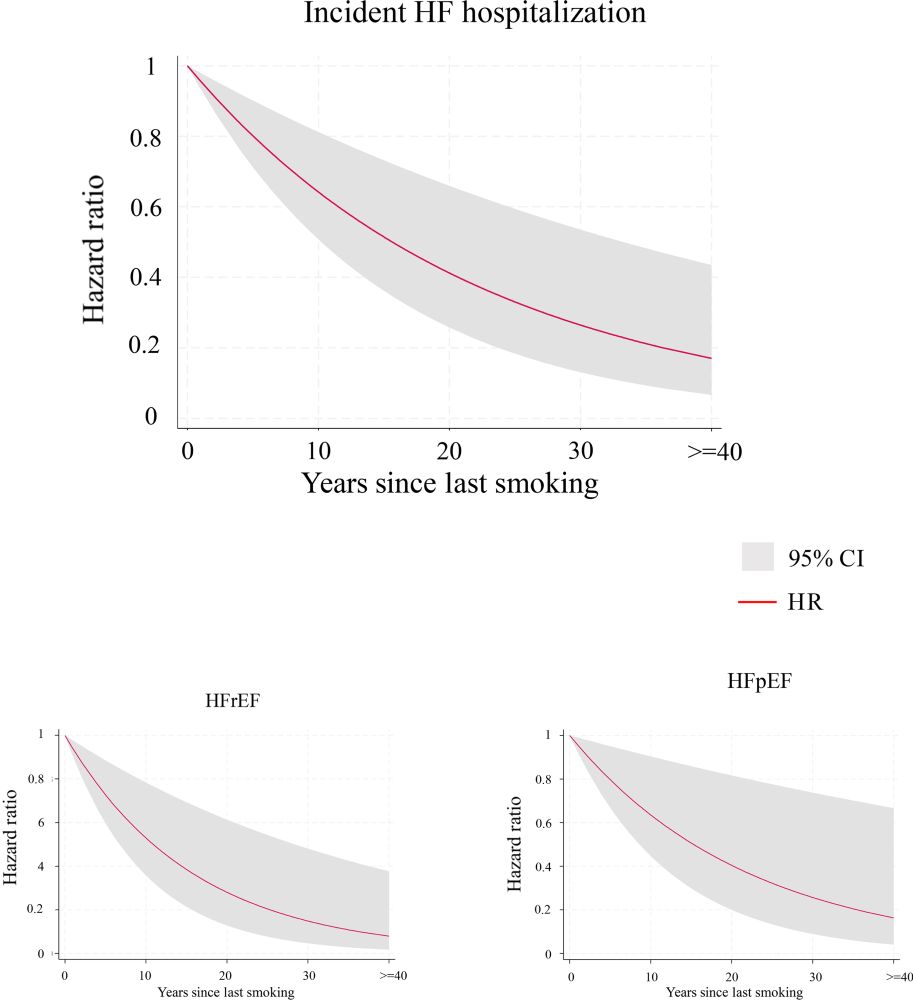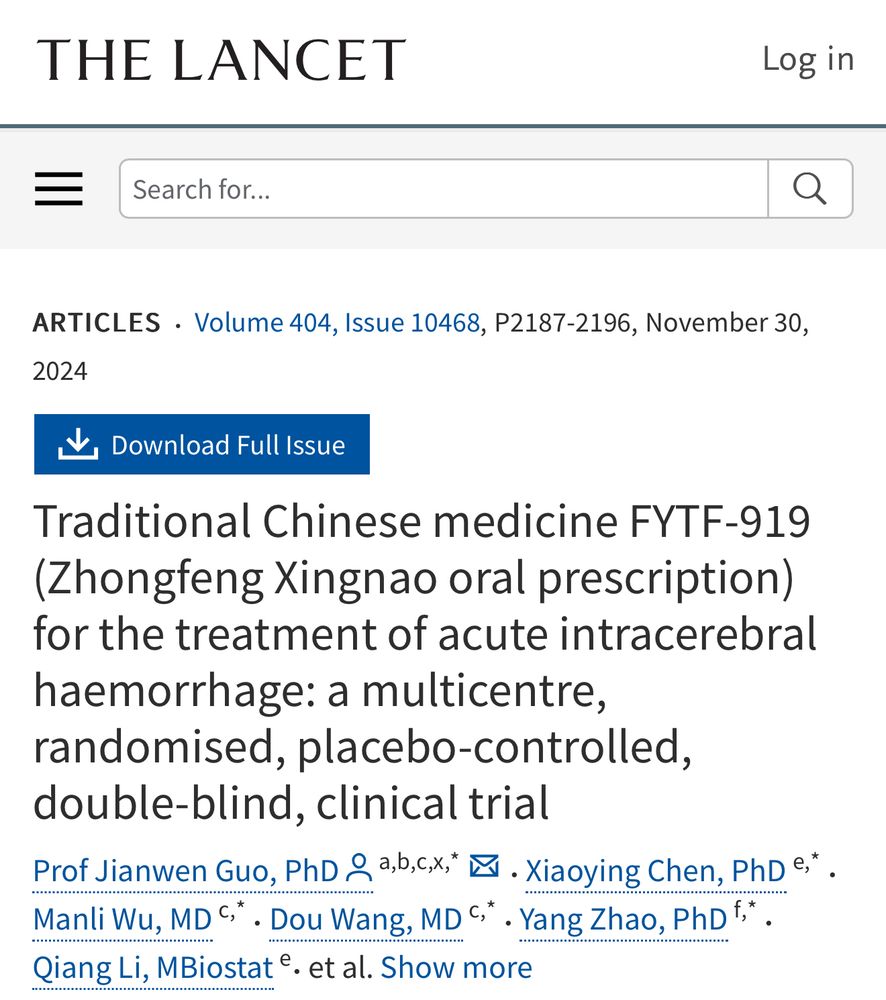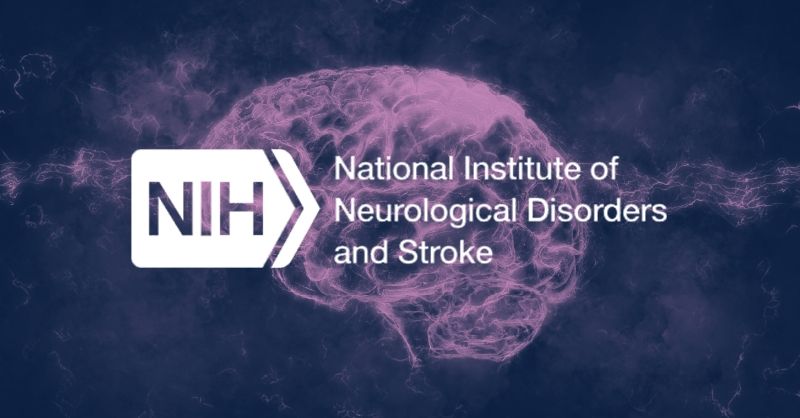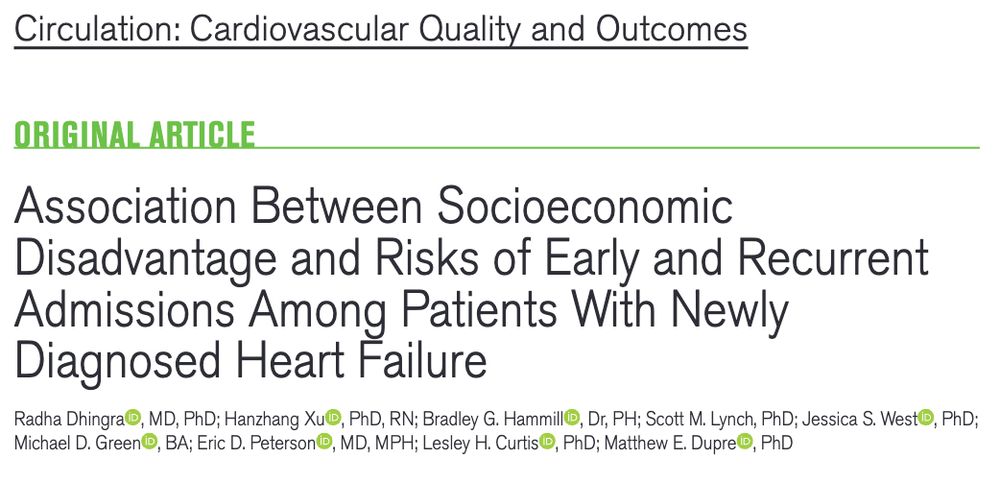Jay Lusk, MD, MBA
@jayblusk.bsky.social
680 followers
2.5K following
37 posts
Preventive medicine/public health physician, clinical data scientist. Driven to prevent chronic disease with big data. MD/MBA at Duke, currently preventive medicine residency at UNC. jaylusk.md
Posts
Media
Videos
Starter Packs
Jay Lusk, MD, MBA
@jayblusk.bsky.social
· May 24
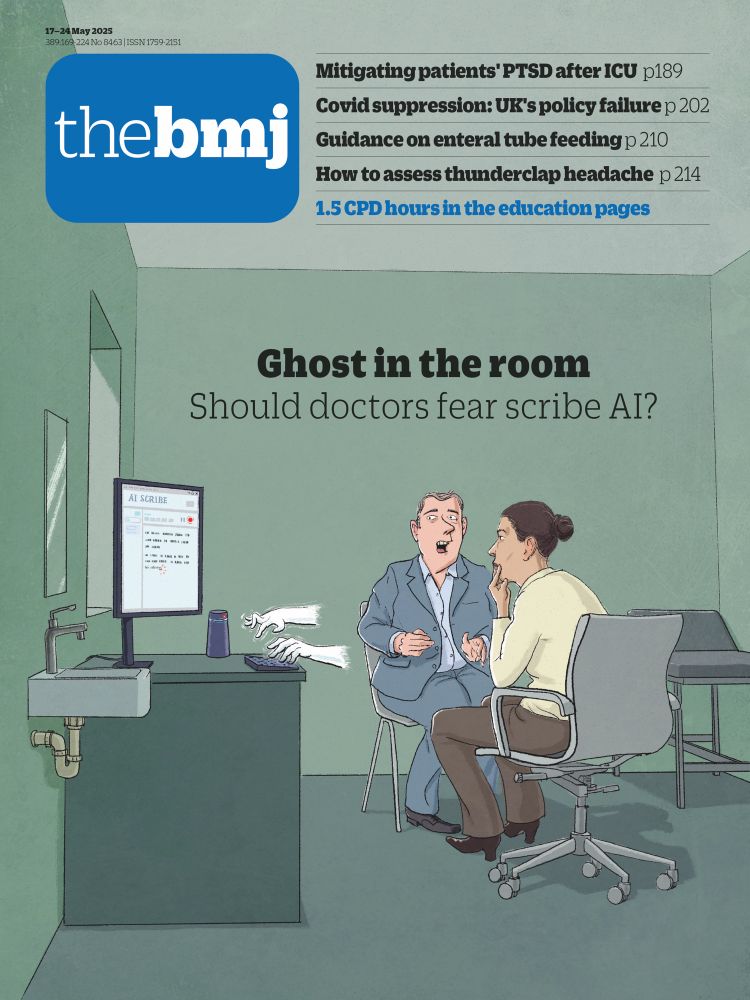
Incidence and prevalence of dementia among US Medicare beneficiaries, 2015-21: population based study
Objective To determine the incidence and prevalence of dementia in a nationally representative cohort of US Medicare beneficiaries, stratified by important subgroups.
Design Population based study.
...
www.bmj.com
Reposted by Jay Lusk, MD, MBA
Jay Lusk, MD, MBA
@jayblusk.bsky.social
· Nov 29

Mailed feedback to primary care physicians on antibiotic prescribing for patients aged 65 years and older: pragmatic, factorial randomised controlled trial
Objectives To evaluate whether providing family physicians with feedback on their antibiotic prescribing compared with that of their peers reduces antibiotic prescriptions. To also identify effects on...
www.bmj.com
Reposted by Jay Lusk, MD, MBA
Reposted by Jay Lusk, MD, MBA
Reposted by Jay Lusk, MD, MBA
Jay Lusk, MD, MBA
@jayblusk.bsky.social
· Nov 24
Jay Lusk, MD, MBA
@jayblusk.bsky.social
· Nov 24
Jay Lusk, MD, MBA
@jayblusk.bsky.social
· Nov 20
Jay Lusk, MD, MBA
@jayblusk.bsky.social
· Nov 20
Jay Lusk, MD, MBA
@jayblusk.bsky.social
· Nov 20
Jay Lusk, MD, MBA
@jayblusk.bsky.social
· Nov 20
Jay Lusk, MD, MBA
@jayblusk.bsky.social
· Nov 19
Jay Lusk, MD, MBA
@jayblusk.bsky.social
· Nov 19

Measured enthusiasm: does the method of reporting trial results alter perceptions of therapeutic effectiveness? - PubMed
Clinicians' views of drug therapies are affected by the common use of relative risk reductions in both trial reports and advertisements, by end-point emphasis, and, above all, by underuse of summary m...
pubmed.ncbi.nlm.nih.gov
Jay Lusk, MD, MBA
@jayblusk.bsky.social
· Nov 19
Jay Lusk, MD, MBA
@jayblusk.bsky.social
· Nov 19
Jay Lusk, MD, MBA
@jayblusk.bsky.social
· Nov 19
Jay Lusk, MD, MBA
@jayblusk.bsky.social
· Nov 19
Jay Lusk, MD, MBA
@jayblusk.bsky.social
· Nov 19
Jay Lusk, MD, MBA
@jayblusk.bsky.social
· Nov 19
Jay Lusk, MD, MBA
@jayblusk.bsky.social
· Nov 19
